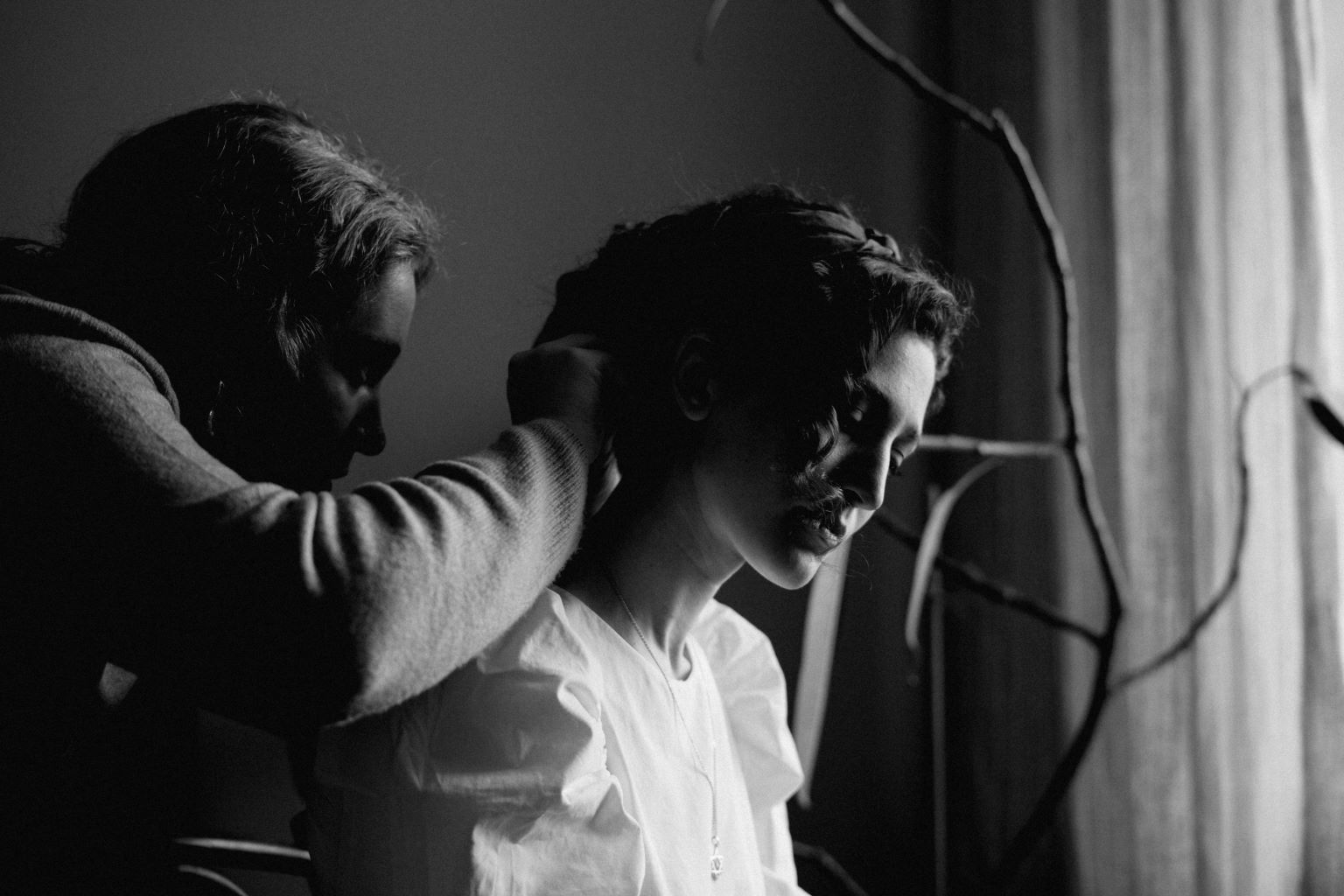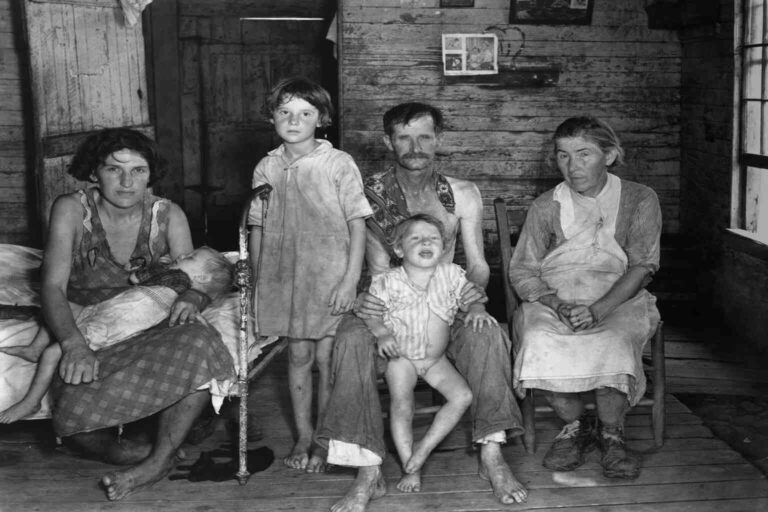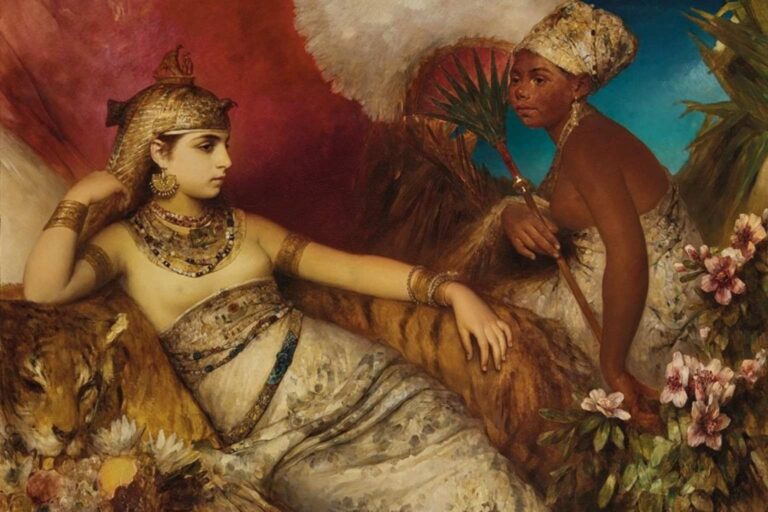Some children are handed keys or cake or champagne when they grow up, while others are handed a spear, a silence, or a ceremony that leaves the body a little more altered than before. Across time and oceans, coming of age has never meant one thing, but always meant something, something you carry forward even if you don’t know how to speak it aloud.
These coming-of-age traditions around the world are not just customs but collisions between child and adult, between fear and pride, between what you’re told to endure and what you quietly choose to become. Some involve pain, others retreat, some blur into celebrations, while others demand a solitude that cracks the soul open like fruit. But all of them carry the same heartbeat: the idea that growing up should be witnessed, marked, and sometimes even survived.
11 Truly Bizarre Coming Of Age Traditions You Won’t Believe Exist
A rite of passage is never just a ritual; it is a reflection. Each one tells us what a culture fears, honors, or dares to remember. Some leave marks on skin, others on spirit, but all insist that growing up should not pass quietly. It must be named, seen, and sometimes survived.
1. Bullet Ant Glove Ritual – Brazil’s Satere-Mawe Tribe
In the heart of the Amazon, the Satere-Mawe boys are asked to place their hands into gloves woven with dozens of bullet ants, insects with the most excruciating sting known to humankind. The gloves are lined inside with the ants, their stingers facing inward, and boys must wear them for ten whole minutes without crying or flinching.
This is not a one-time trial but a repeated ritual, often completed 20 times, before a boy is deemed ready to become a man. The community watches closely, not just for signs of strength, but for the boy’s ability to carry pain without breaking apart in public. Among all coming-of-age traditions around the world, this one perhaps best symbolizes how some cultures believe manhood must be earned through intentional suffering, not inherited by default.
2. The Land Diving Ritual – Vanuatu
Some boys climb trees. Others climb 100-foot towers with nothing but vines wrapped around their ankles and leap. In Vanuatu, land diving is a test of courage and a rite of manhood. Young boys, sometimes as young as seven, build wooden platforms and dive headfirst toward the earth. The vines, chosen for their flexibility and length, are meant to break the fall just in time.
But there are no helmets, no rehearsals, and often, no second chances. The closer their heads come to brushing the ground, the greater the honor. A miscalculation can mean broken bones or worse. And yet, each year, boys ascend.
The ritual began long before tourism arrived. Its roots lie in harvest blessings and ancestral connection, but its survival belongs to the boys who still jump. They leap not to impress but to belong to their community, their ancestors, their skin that might sting from the brush of fate.
3. Tooth-Filing Ceremony – Bali, Indonesia
Before a Balinese teen steps fully into adulthood, they must first dull their animal instincts, literally. In a sacred Hindu ritual called Metatah or Potong Gigi, six of the upper teeth are filed smooth to rid the person of greed, anger, jealousy, desire, confusion, and drunkenness. It’s not just a rite, it’s a purification.
Held during adolescence, the tooth-filing ceremony is both intimate and ceremonial. Family gathers. Offerings bloom. A priest performs the ritual, steadying a young soul between two states of being. The pain is quiet, but the symbolism roars: you are now in control of your urges, ready to walk forward with grace.
In modern Bali, some youths choose to skip or delay it. But for many, it’s still a vital part of coming of age, marking a shift not just in the body, but in belief. It’s a passage from the chaos within to a gentler self, the teeth no longer sharp, but shaped.
4. Scarification Rituals – Omo Valley, Ethiopia
In the Omo Valley of Ethiopia, beauty is not always in the eye of the beholder; it is carved, carefully and painfully, into the skin. Where the Karo and Mursi live, growing up leaves a trace. Girls are marked with elegant scars, loops, lines, and raised skin that speak of womanhood, endurance, and grace. Boys earn theirs through trial, in hunts or acts that demand courage. Razors cut, ash seals, and the skin rises to meet expectation. This coming-of-age tradition is not about pain alone. It’s about memory made visible, the kind no mirror can forget.
Girls may undergo the practice before marriage, with each pattern speaking of patience, pain, and the passage of time. While outsiders may see this as extreme, within these communities, it remains a source of pride, an embodied story that travels with you through life, impossible to misplace.
RELATED READING: 5 Cultural Taboos That Make Total Sense Once You Know The History
5. Inuit Coming Of Age Tradition – Canada
Somewhere across the tundra, where sky and snow seem to speak in the same voice, a quiet endurance takes shape. In the Inuit coming-of-age tradition, there is no grand party or public ceremony. Instead, survival becomes the lesson, and the land becomes the teacher.
Historically, young Inuit boys would be taken on long hunting expeditions by male elders, days spent tracking, observing, and enduring the cold, not to impress, but to understand. Girls, on the other hand, learned sewing, food preparation, and the slow rituals of community care from older women. These weren’t just skills; they were testaments to memory and survival. To grow up Inuit was to be trusted with the knowledge that could keep your people alive.
“We learn by doing. By watching. By being trusted to try.” That’s how one elder explained it in an interview years ago. In a world racing to measure maturity in milestones, this tradition still listens to snow, still learns from silence.
6. Rumspringa – United States
In parts of Pennsylvania, Ohio, and Indiana, there is a moment when the world opens wide and the rules fall away. Rumspringa means “running around,” but among the Amish, it means standing at the threshold with the door wide open.
This Amish coming-of-age tradition is neither exile nor rebellion; it’s a permission slip handed down through generations. For a time, teens explore the outside: blue jeans, electricity, the strangeness of modern noise. But the choice to come back is the whole point. To belong, after you’ve seen what it means not to. The assumption is not that they will stay out forever. It is that freedom, once granted, will guide them home.
After this period, usually lasting a few months to two years, the youth decide whether to return and be baptized into the Amish faith or leave permanently. Nearly 90% choose to stay. This is not a reckless letting go. It is a structured release, one of the most quietly radical traditions around the world, rooted in trust. You cannot force belonging, the Amish believe. You can only invite it after letting it wander.
7. Seijin No Hi – Japan
In Japan, Seijin no Hi arrives like snowfall; you’re finally old enough to notice. On the second Monday of January, twenty-year-olds step into kimonos or crisp suits and walk toward adulthood as if it were a stage already waiting. Their names are called, their presence applauded, but the real ceremony lives in the quiet realization: you’re no longer a child, and the world is starting to mean it. It is both official and tender, a moment to say, “You now belong to the 21st century as an adult.”
Speeches echo across auditoriums. Gifts and photos follow. There is no pain, only pride, and sometimes laughter, as childhood bows gently to the world ahead. In a culture where restraint often hides emotion, this day offers permission to celebrate one’s place among grown-ups. You wear adulthood like a kimono, visible, heavy, meaningful.
8. Bar/Bat Mitzvah – Jewish Communities Worldwide
Some traditions involve silence or pain. This one begins with a voice. To become a son or daughter of the commandments, a Jewish child must first stand and speak. At 12 or 13, they read aloud from the Torah, their voice rising into a space that will remember them differently now. It’s not just a ritual; it’s a transfer of weight, from the world onto their shoulders, from childhood into something sacred, shared, and wholly their own.
The child prepares for months, learning Hebrew passages, standing before elders, and reciting with reverence. They are no longer seen as just children but as young people responsible for their faith and actions. What follows is often celebration, music, and dancing, but the heart of the moment lies in the quiet power of that first reading, not just heard, but witnessed.
RELATED READING: 11 Bizarre Medieval Jobs That Actually Existed
9. Walkabout – Australia’s Aboriginal Communities
For some Aboriginal groups in Australia, coming of age means walking alone. To grow up in certain Aboriginal communities is to walk away before you are fully formed. The Walkabout sends a boy into the wild, trailing only smoke and story. There are no guides, just the whisper of wind across ancient ground. It is not a ritual of strength, but of remembering, how to listen to the land, how to carry silence without breaking.
He retraces sacred paths, dreams his way through terrain that remembers more than any book. It’s not just about endurance. It’s about becoming part of a story that predates him. When he returns, he carries no trophies, just the silence of someone who has spoken to the earth and been answered.
10. Fattening Room – Nigeria’s Efik Tradition
In parts of southeastern Nigeria, particularly among the Efik people, young women entering womanhood are sent into the fattening room. There, they are cared for, fed richly, and kept away from the outside world for weeks or even months. Their bodies are softened, adorned, and prepared, not just for marriage, but for life as seen through the community’s lens of beauty, fertility, and prosperity.
It is a place of stillness and instruction. Elders pass down traditions, taboos, and secrets whispered like inheritance. She enters a girl and emerges, ideally, as a woman full in body and memory. In some villages, the practice continues, quieter now, but not forgotten.
11. Okuyi Ceremony – Gabon’s Sacred Dance of Passage
There are places where the line between child and adult is drawn in dance. In the Okuyi ceremony of Gabon, a masked figure emerges, raffia draped like shadow and myth. The drums do not just accompany, they summon. As the dancer spins, the village leans in. They are not clapping. They are witnessing. Something ancient steps forward through that boy’s body. Something that remembers.
For young initiates, the ceremony is more than a performance. It is instruction layered in myth. They learn ancestral wisdom, oral history, and how to carry themselves with grace in public life. Their names may be sung, but their futures are blessed. The mask never speaks, but it listens, and through dance, it remembers.
When Growing Up Is A Ceremony
The most prolific coming-of-age traditions are not written in textbooks but carried in skin, silence, footsteps, and fire. Not every rite is meant to be explained. Some are simply felt; in the body, in the breath, in the hush that follows. These ceremonies mark more than age; they trace the edges of who you are becoming. Because sometimes, growing up isn’t about arrival. It’s about what you leave behind.




